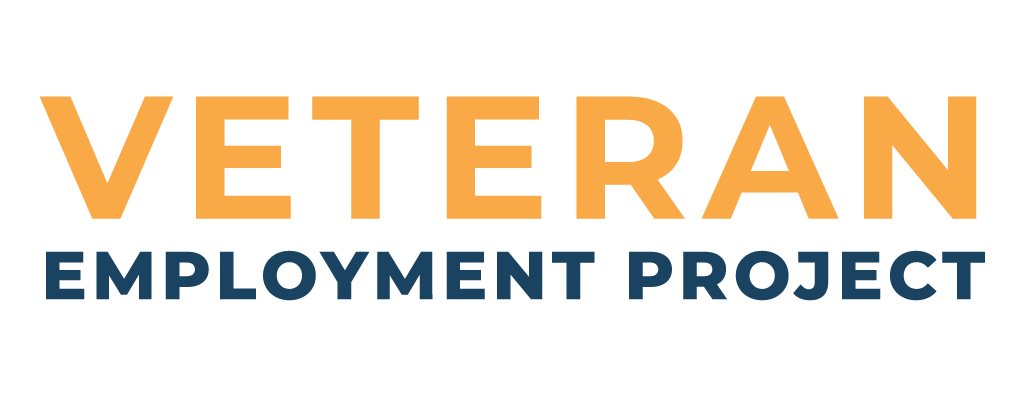"The minute you ask if you can do SkillBridge, you are dead to me," a company commander told me once. "It is a sign I've gotta use you up before you go."
Dead to me? That's a lot. I was just looking for tips on how to get the command to say yes to transitioning service members who want to participate in the Department of Defense SkillBridge program in all its many forms.
As the transition master coach for Military.com's Veteran Employment Project, I am a huge fan of the program and make no secret of the fact that I think it is an essential transition tool.
What Is SkillBridge?
If you have not heard of it, the DoD SkillBridge initiative is an umbrella program that offers qualified service members an opportunity to take on an unpaid internship, apprenticeship or training program during their last paid 180 days of military service.
For so many Marines, sailors, Guardians, Coasties, soldiers and airmen, participation in SkillBridge leads to what they want and need most at the end of their service: a job offer.
What a boon. What a perk. What a relief -- especially for those who are living paycheck to paycheck.
Trouble in Paradise
I don't think the Marine Corps -- or any of the other services -- sees it quite that way. Lately, the Marine Corps seems to be looking at SkillBridge as a transition program that bleeds work hours.
They are not wrong. When a service member departs on SkillBridge, they are still marked present in the unit, so a replacement cannot be brought in. The work must be done with fewer people. That is hard on the command, especially when it comes to highly skilled workers.
So it was not surprising when the Marine Corps announced in an administrative message last week that it was cutting back on participation in SkillBridge, citing the impact on individual commands and the effect on readiness. The Corps noted how its "Manpower and Reserve Affairs office 'conservatively' estimated that more than 3,400 years of manpower were provided 'external to the Marine Corps' between fiscal years 2021 and 2024."
Perhaps the phrase "3,400 years of manpower" explains the attitude. Yet, when you do the math, you find that in the same period, Marines themselves provided more than 708,000 years of work. It looks like the Corps loses less than half of 1% of its availability to those on SkillBridge.
What are we missing?
We are missing the fact that once military members leave the service, they are not "dead to us." Ever. They are our lifeblood. While these new veterans may look like civilians to everyone else, we know they are still Marines -- an identity that sticks with them for the rest of their lives. Once a Marine, always a Marine.
SkillBridge Is a Recruiting Tool, Too
Instead, maybe we need to let our thinking get bigger. We need to conceive of SkillBridge not only as a transition tool, but also as a recruiting tool as well. It is an aid to demonstrating to young Americans that military service is a career and is also a path to the next career.
How powerful is it when the veteran tells a potential recruit or influencer that after their service, they took part in one of the many programs under the SkillBridge umbrella that help veterans transition? That SkillBridge was the reason they first went to a coding boot camp. SkillBridge was how they learned to weld or work on industrial coolers. SkillBridge led to their first job offer in project management, business development, hospital administration or Major League Baseball.
These veterans are our walking recruiting stories. What happens to each of them matters. They are always part of us. Let's find a way to fix the problems with SkillBridge in the short term and strengthen the bond between us all forever.
Find the Right Veteran Job
Whether you want to polish your resume, find veteran job fairs in your area or connect with employers looking to hire veterans, Military.com can help. Subscribe to Military.com to have job postings, guides and advice, and more delivered directly to your inbox.







